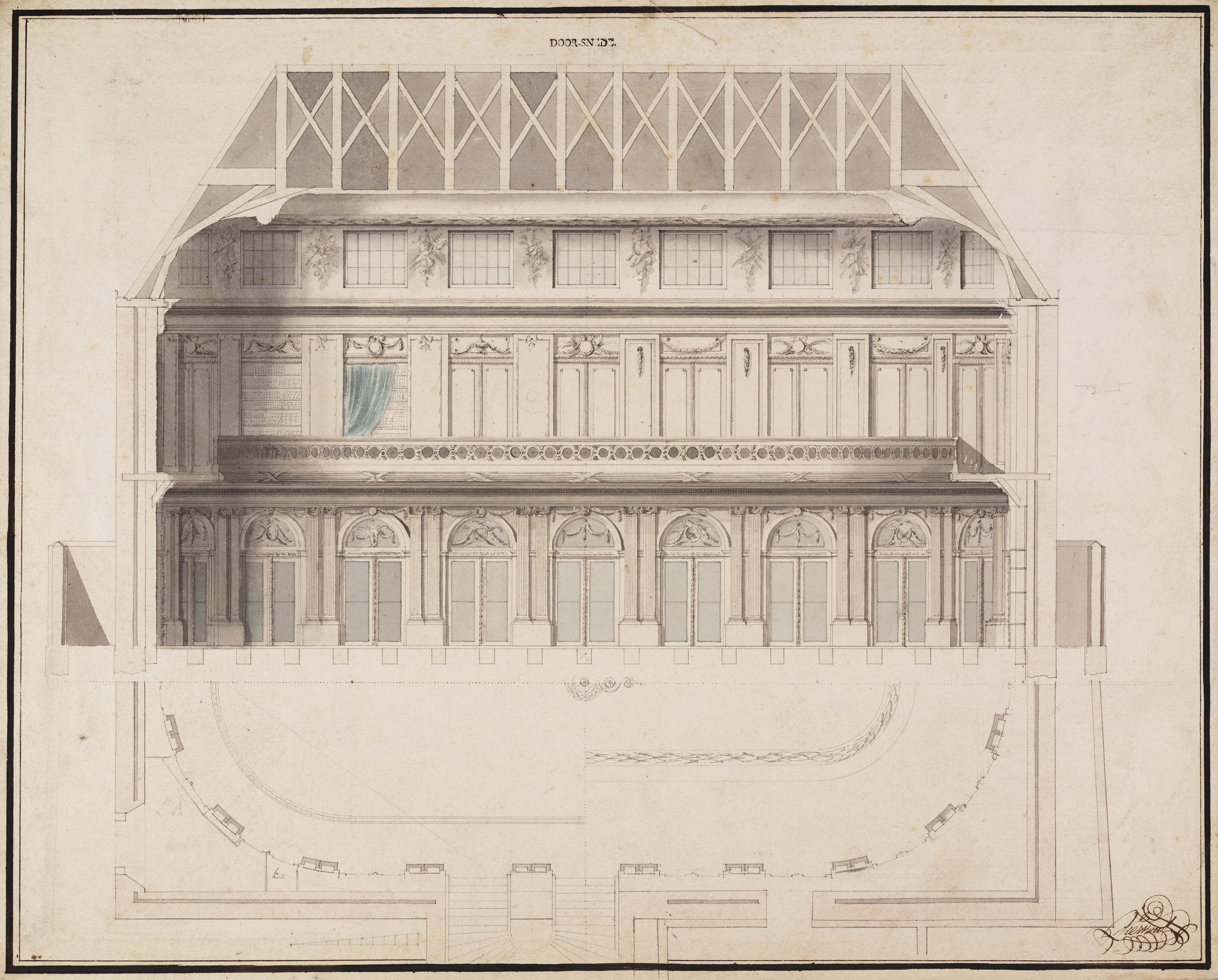The Art of Collecting: Teylers Museum
Teyler Museum, Oval Room, Haarlem, The Netherlands
We are thrilled about the return of The San Francisco Fall Show to the Fort Mason Center Festival Pavilion after a two-year absence. The prestigious event has attracted discerning collectors and connoisseurs of art, antiques, and decorative objects for the last forty years. Why do people collect? During the Renaissance, the wealthy acquired curiosities through long journeys to distant lands. The objects represented examples of natural history, taxidermy, geology, archeology, relics, and antiquities. Rulers, aristocrats, and merchants built Wunderkammer, or Cabinet of Curiosities, rooms or dedicated pieces of furniture with drawers and shelves to showcase their treasures for education and pleasure. Sometimes the artifacts were more fanciful than scientific, like mermaids fabricated by stitching together the torso of a monkey to the tail of a fish.
Mineralogical cabinet Oval Room of Teylers Museum
There is no creative taxidermy at the Teylers Museum, which Martin Young recently visited in Haarlem, Netherlands. The neoclassical Oval Room at the museum's center resembles a giant Cabinet of Curiosities. Built behind the house of Pieter Teyler van der Hulst in 1784, it is the Netherlands' first museum open to the public. Teyler, a wealthy merchant, banker, and collector, died childless in 1778 at 76. His family was originally from Scotland, their name deriving from "Tailor," and he was a follower of the Scottish Enlightenment, believing in enriching society and humanity through the arts and sciences. He collected items of natural history, numismatics, draftsmanship, and books. Teyler bequeathed his collections, residence, and vast wealth, to form a foundation to promote theology, the sciences, and the arts.
Leendert Viervant, Design for the Oval Room of Teylers Museum
Teylers Foundation's first directors commissioned the Dutch architect and cabinet maker Leendert Viervant the Younger (1752-1801) to design the Oval Room. Viervant came from a distinguished family of architects, cabinet makers, and stonemasons. He referenced ancient Greek and Roman architecture throughout the two-story Oval Room while celebrating new scientific discoveries. The centerpiece of the ground floor is a mineralogical cabinet showcasing the museum's collection of 12,000 specimens curated by Dutch scientist and first museum director Martinus van Marum (1750-1837). Other cabinets display 18th-century scientific instruments. The atrium allows for the maximum amount of natural light. Twelve alcove bookcases along the upper gallery hold antique books, encyclopedias, and periodicals. From its inception, Teyler wanted the foundation to provide a place where his collections would enrich people's lives.
Upstairs Gallery Teyler Museum, Oval Room, Haarlem, The Netherlands




